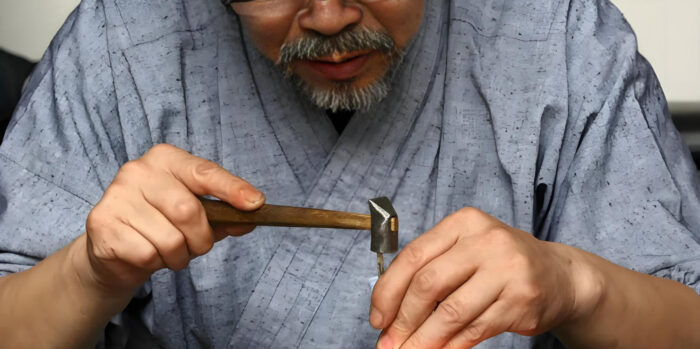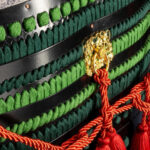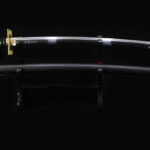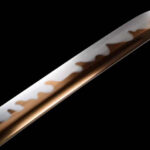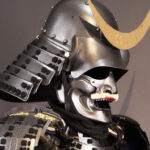Katana Maintenance Guide: How to Keep Blade and Scabbard Fit Perfectly
The Art of Katana Maintenance: Ensuring the Perfect Fit Between Blade and Scabbard
For any true katana owner, the connection between the blade and its scabbard (saya) is more than mechanical—it is a reflection of harmony and respect. The satisfying click as a katana slides into its scabbard speaks of exquisite craftsmanship and the samurai’s reverence for their weapon.
Over time, however, you may notice your scabbard becoming loose or tight—a natural effect of materials and use. This is not a flaw but an opportunity to maintain both function and tradition.
Why Maintain a Katana?
Whether a real, hand-forged, or custom katana, regular maintenance is essential. The blade is high-carbon steel, while the scabbard is wooden, often made from paulownia, cypress, or beech. Humidity, seasonal changes, and frequent use can cause looseness or tightness.
Traditionally, samurai used Uchiko powder and Choji oil:
Uchiko: Finely ground polishing stone in a silk pouch, used to clean the blade and subtly adjust scabbard friction.
Choji oil: Applied in thin layers to protect against rust; too much can make the scabbard slippery.
Storing your katana horizontally in a dry, ventilated space preserves both aesthetics and performance, embodying the Bushido principle: respect your sword as you respect yourself.
1. The Perfect Fit: Spirit in the Saya
A katana’s fit should be:
“Tight but smooth—easy to draw, secure when sheathed.”
This balance reflects centuries of Japanese craftsmanship. Wooden scabbards expand in humidity and shrink in dryness, affecting how the blade sits. Proper maintenance with Uchiko restores this delicate equilibrium, ensuring the blade draws smoothly and remains stable when sheathed—a subtle dialogue between sword, owner, and time.
2. Why Scabbards Loosen or Tighten
Common factors include:
Climate & humidity: Wood expands or contracts naturally.
Frequent use: Repeated drawing wears the koiguchi (scabbard mouth).
Excess oil: Choji oil layers may make the blade too slippery.
Aging & storage: Wood fibers shrink or warp over time.
Uchiko powder restores the ideal “tight but smooth” friction, preserving both safety and handling.
3. Uchiko: Traditional Solution
Uchiko powder is made from finely ground uchigumori stones, enclosed in a silk pouch. Its uses include:
Cleaning the blade and removing dust or old oil.
Restoring shine while maintaining rust resistance.
Adjusting friction in the scabbard to correct looseness or tightness.
Using Uchiko:
Loose scabbard: Tap a small amount inside the koiguchi to slightly increase friction.
Tight scabbard: Lightly wipe, then apply a subtle layer of Uchiko to balance the fit.
This technique dates back to the Edo period, reflecting samurai attention to detail and mindfulness.
4. Cultural Significance
Maintaining a katana is a spiritual exercise.
Too loose: carelessness.
Too tight: impatience.
Just right: balance, discipline, and harmony.
Daily care symbolizes focus, restraint, and respect—core tenets of Bushido.
5. Modern Katana Care Tips
Check scabbard fit regularly.
Store horizontally in dry, ventilated areas.
Use Uchiko sparingly; avoid forcing a tight blade.
Apply thin layers of Choji oil.
Proper care extends the blade’s life while maintaining the harmony between sword and wielder.
6. Heritage and Collectible Value
For collectors, maintaining the blade and scabbard is about preserving history. Learning to use Uchiko and polish carefully connects you to centuries of craftsmanship and samurai tradition.
Conclusion
A loose scabbard is a katana asking for attention. With patience, a little Uchiko, and respect for tradition, you restore harmony between blade and saya. Every adjustment is a dialogue across centuries—honoring both the weapon and the spirit of the samurai.
Explore handcrafted katanas, traditional Uchiko, and sword care kits to preserve sharpness, beauty, and soul in every blade.
https://www.coolkatana.com/
